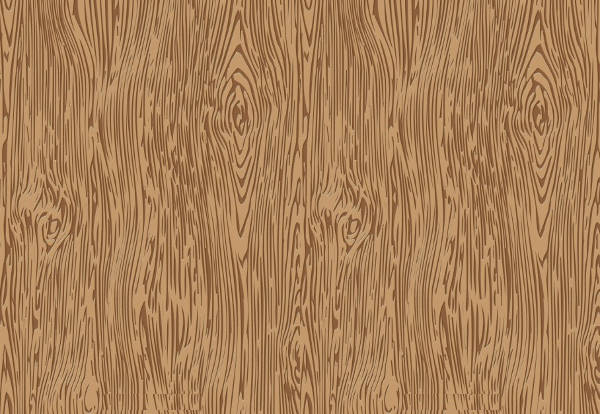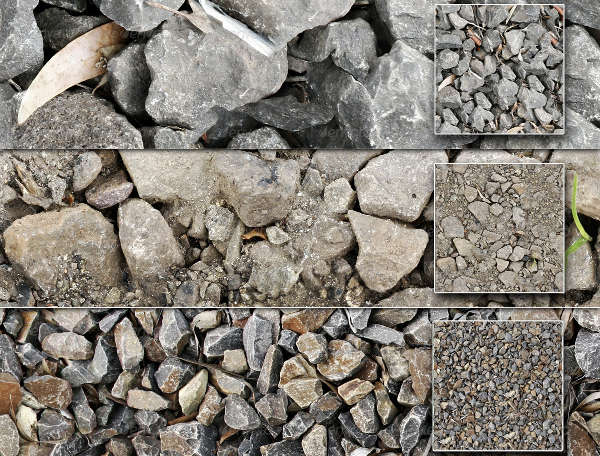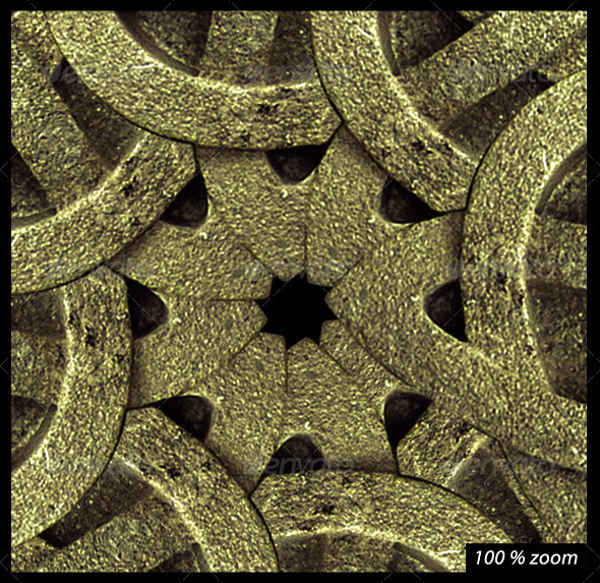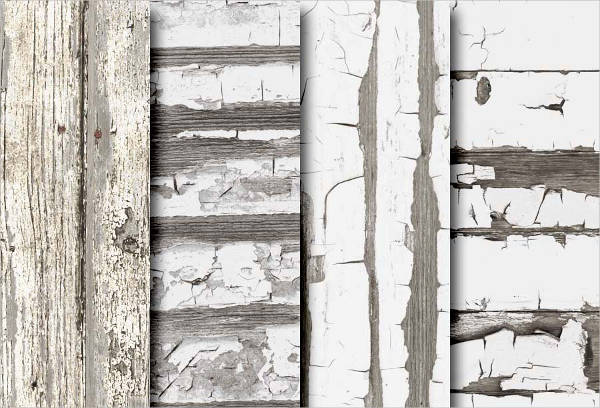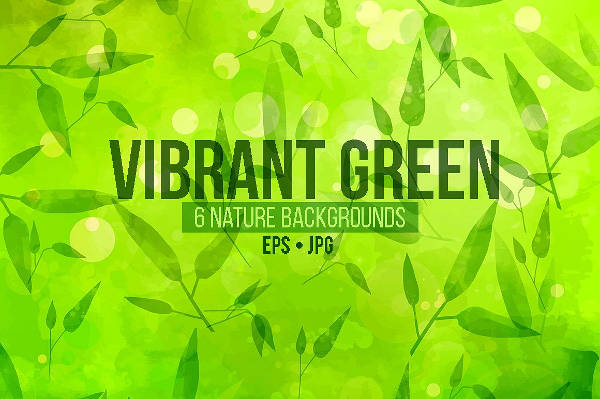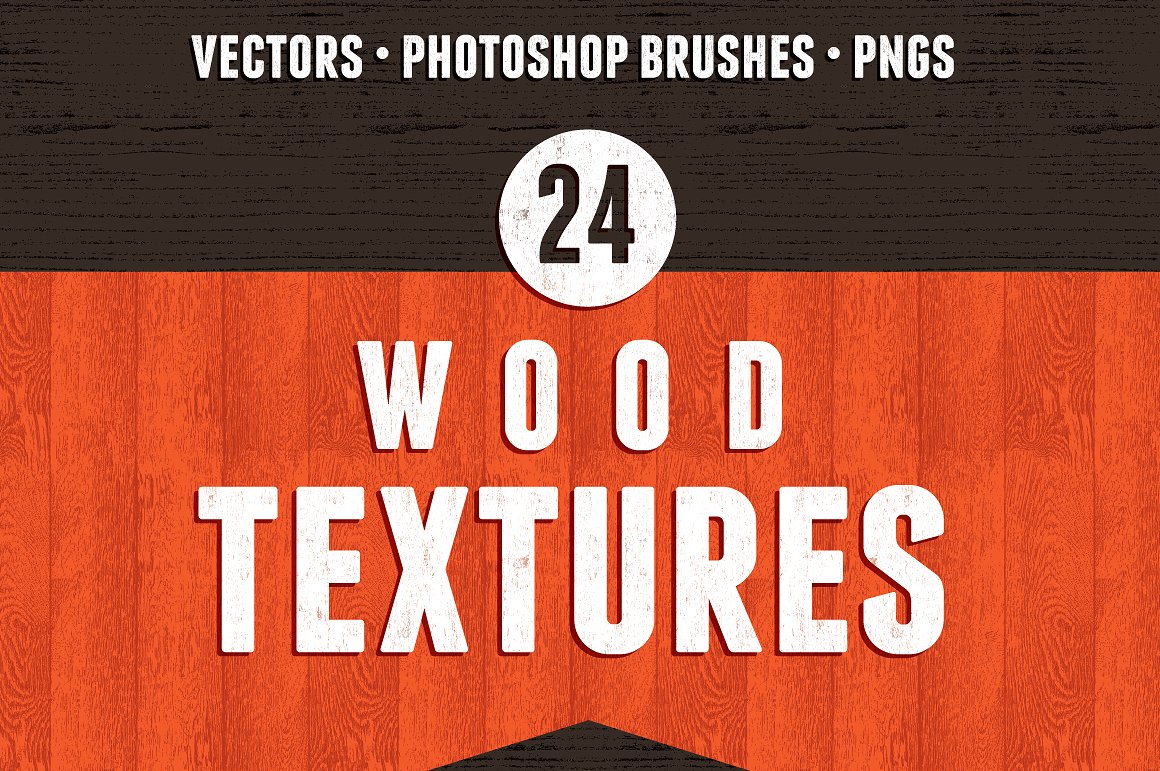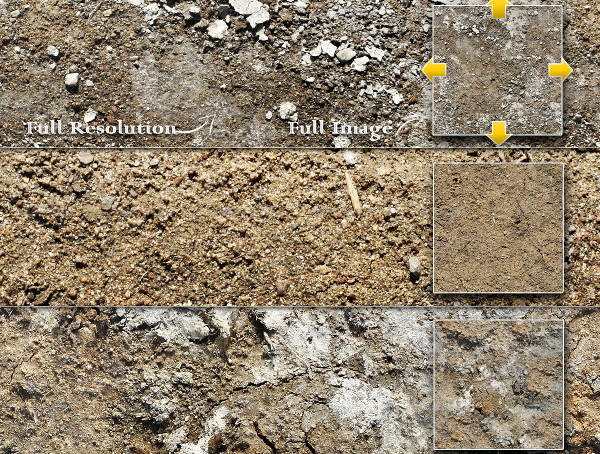Thinking about what texture to use for your designs? Do you want something that would look natural and is not too far-fetched nor idealistic? Check out these nature textures made from grass, bricks, paper texture, wood, and other elemental resources. These will make great designs for brochures, posters, and other reading materials.
You can search online for samples that you can use. Refine your search by specifying the natural texture you actually prefer. Apply them in different ways and enjoy looking at the beauty of textures that will remind you of the refreshing beauty of nature. See available textures in this selection that you can use.
Woodgrain Texture
Rock Texture
Natural Stone
Natural Wood
Types of Nature Textures
There are plenty of textures that you can use. Get to know these designs and how or where they can be applied best. Combine textures together or select one to use directly. Other times you can mix these textures to any pattern to make a better design for your handouts.
- Wood. Whether grains of wood or actual block of wood, this texture is good for rustic designs. It shows the roughness of the wood but will sometimes have a thick smooth layer of paint. This will make a good cover for brochures and are easy to find with plenty options to see.
- Grass. Want a green view for your printouts? Add layers of grass textures on your background. It can be cleanly mowed grass or it can be the long lush grass that is yet to be clipped. These grass textures are great for golf flyers or tennis brochures.
- Soil. Even the ground makes a good design for your printouts. The soil can be a close up to the particles in it or it can be a course photo that highlights every component of a soil. Stone patterns will also compliment this texture well. Some fire textures are often seen with this type which looks good for summer camp brochures and other bonfire activities.
Leaf Texture
Natural Brick Wall
Seamless Nature Texture
Soil Texture Background
Green Grass
Designing with Natural Textures
Since you are using textures for your designs, nature, in particular, it can be very risky for you to over design it. What you should do is to plan ahead how you would want to see on your brochure covers. Do you want it to be complete rustic or are you blending it with other designs and patterns in mind? Here are some tip
- Minimize the use of colors. There are plenty of colors found in nature textures. For one, a rust texture has a tangerine-like color but also has other shades used. That alone makes the initial design already full of colors.
- Utilize highlights and shadows to bring weight on the contents of your design. Remember that some of the textures you will be using are from real-life photographs, flat words may only blend in with the design and will easily get noticed.
- Find the right resolution for your textures and choose bigger ratios for bigger printouts or pages. Textures also have the tendency to get pixelated when mishandled during editing. Using bigger sizes will lower the chance of distortion on final outputs.
Related Posts
8+ Sports Brochures
6+ Watercolor Texture Designs
24+ Advertising Flyer Designs
19+ Bottle Label Designs
22+ Bottle Packaging Designs
10+ College Brochures
34+ Birthday Cards Download
25+ Printable Banner Designs Download
10+ Engagement Thank You Cards
7+ Double Sided Flyers
8+ Agency Flyer Templates Download
35+ Flat Logo Designs Download
13+ Bakery Logo Designs
23+ Downloadable Gift Cards
33+ Downloadable Textures

